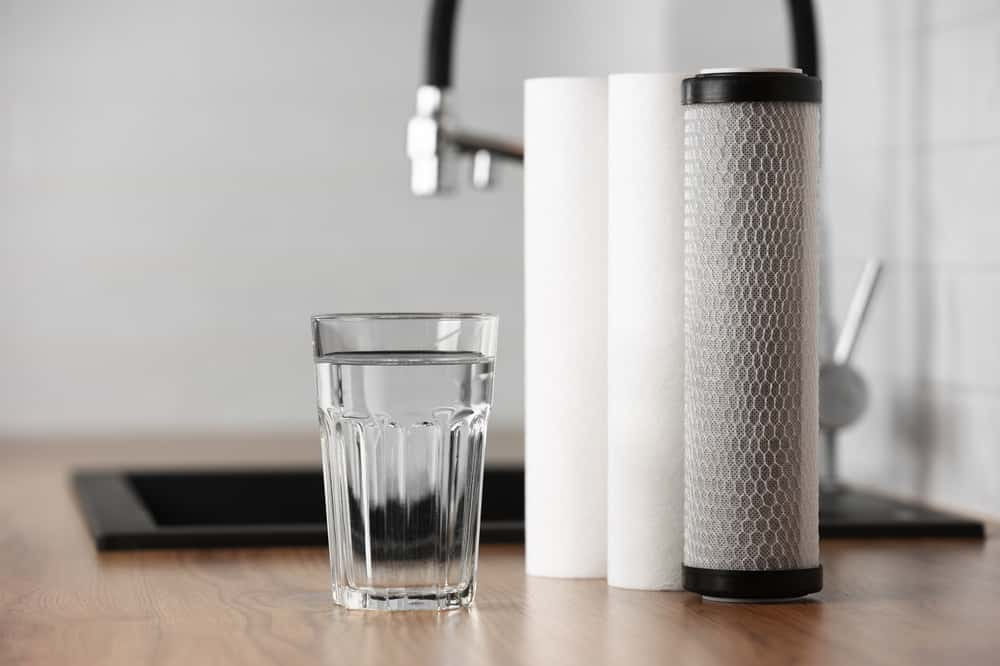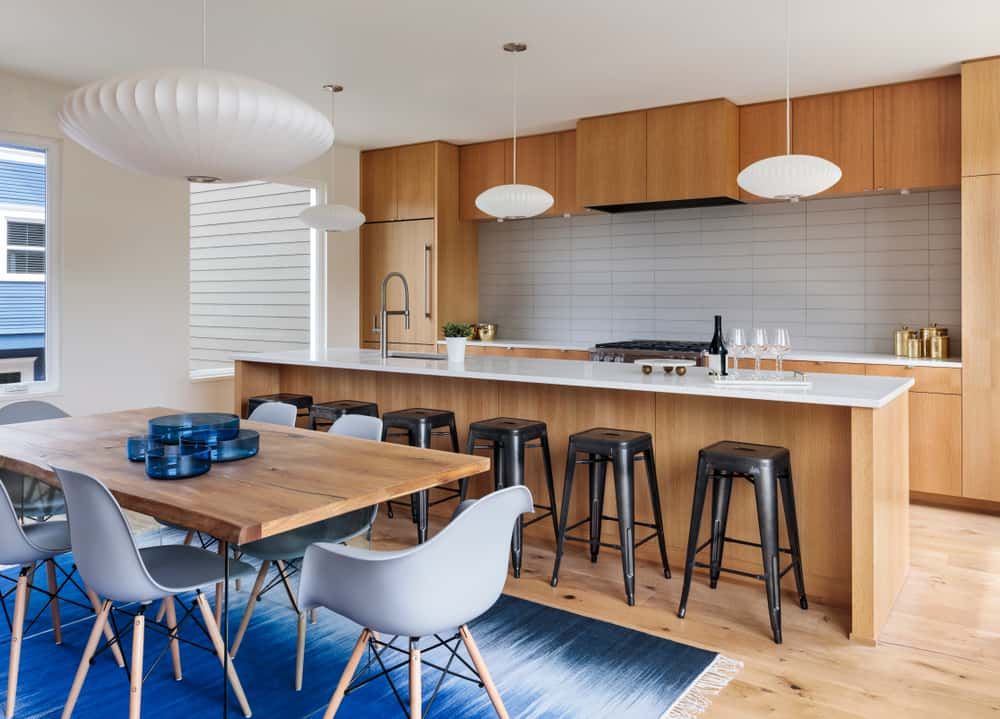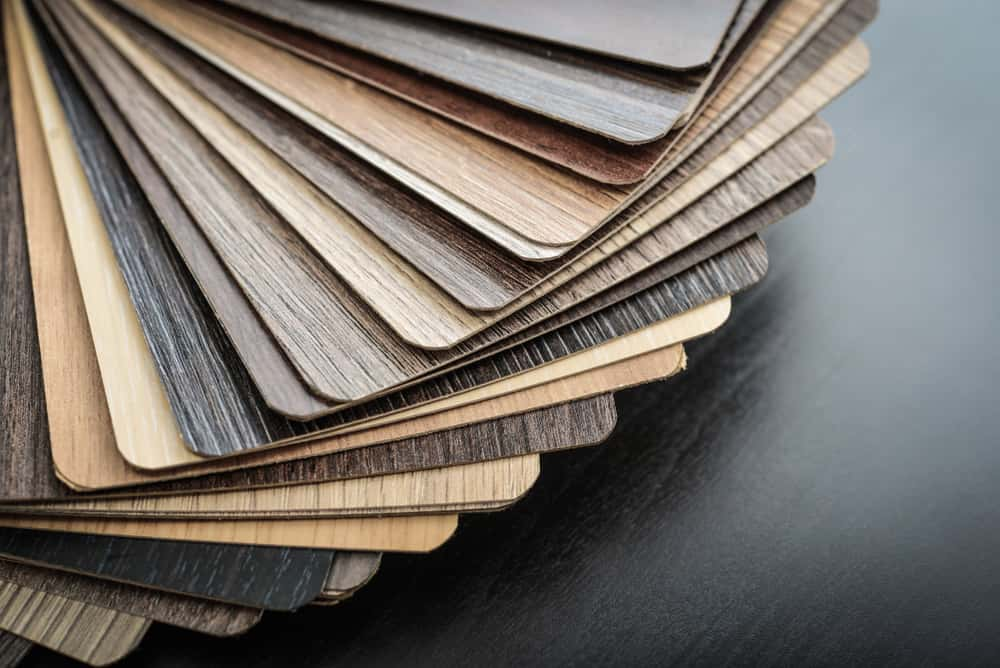A functionally rich kitchen remains at the heart of mid-century modern interior design form. The kitchen has to be aesthetically pleasing, and the finish, colours, and overall design have to be harmoniously synchronised. Mid-century modern interior design emphasises the precedence of form-to-function, so while designing a kitchen based on such a philosophy, special care is given to shaping kitchen cabinets even today.
The two popular materials used for cabinet finish are membrane and laminate. However, before you make a final choice of material, let us try and understand the various pros and cons of membrane finish Vs laminate debate. When it comes to the usage of both these materials, there is a wide variance in overall look and feel, lifespan, cost, material properties, installation process, and durability.
Membrane Vs Laminate: The composition
When it comes to mid-century modern interior design, the choice of material in terms of its properties becomes extremely important. So is the case with kitchen cabinets. In this section, let us examine the properties of both Membrane and Laminate.
A membrane is a Polyvinyl Chloride (PVC) foil wrapped under high pressure around a medium-density fiberboard and can have a matte, glossy, and woody texture. On the other hand, Laminate is a flat paper pasted with a plastic resin covering to give it a glossy and reflective texture.
Membrane finish Vs Laminate: The Look and feel
For the Membrane finish, there are varied choices, but the overall effect is smooth and looks natural with stylish effects. The laminate finish looks equally good with vivid and vibrant options. However, it sometimes looks a tad artificial as it is made of synthetic materials like flat paper and plastic resins.
Edge Banding Technology
The membrane has the advantage of natural fluidity, which makes it flow easily over corners, edges, and grooves, a requisite condition of materials used in mid-century modern interior design; hence such technology is not required. In the case of laminate, material edges are not naturally smooth; hence edge banding technology is required, and it is done through the use of aluminium, PVC Tapes, and wooden beadings.
Membrane Vs Laminate: Lifespan
Membrane kitchen cabinets are highly durable, have heat resistance, and their shelf lives can be further augmented. Comparatively, Laminate kitchen cabinets are less durable, and the corners get chipped in a short duration of time. When exposed to heat, they do stand a chance of getting damaged.
Cost price and availability of choices
Membrane kitchen cabinets are an expensive affair when compared to Laminate Kitchen Cabinets. Also, when it comes to the cost of installation of Laminate cabinets, it is cheaper than its Membrane counterpart. As far as choices are concerned, Membrane cabinets offer a limited range in terms of textures and hues, whereas in Laminate cabinets, the choice is unlimited. You can print decorative patterns on a thin surface, and there are options for fantastic textures and designs and textures. The acrylic modular kitchen has a more durable finish had costs a little higher.
Maintenance
Membrane kitchen cabinets warrant minimal maintenance and can be cleaned using mild detergent and a soft cloth. However, the usage of steel scrubbers should be avoided. The wooden modular kitchen requires a good deal of care. The same is the case with Laminate Kitchen Cabinets since the material is naturally stain and scratch resistant and can be cleaned using soft scrubs. One has to be a bit careful with membrane kitchen cabinets if it is exposed to light since there are chances of discolouration. No such problem exists with the laminate kitchen cabinet, as the material has a thin plastic covering that acts as a protective sheet.

Thus while going for a mid-century modern interior design style for your semi-modular kitchen or modular kitchen, the choice of material can take time and effort. In the debate of Membrane Vs Laminate, both sides have their plus and minuses. None of them offers a foolproof alternative. Thus intelligent homeowners often go for a midway solution – they beautifully mix and match both materials to get the best of both worlds. However, you should know that such a solution is not the most viable for all of us. Various factors like cost, build of material, maintenance, cleaning, and durability must be carefully considered before making the final call.
Buying your dream home and investing your time and money in the interiors can be taxing. You can bank on Home Lane to help you sail through the entire process. You can also check out the kitchen false ceiling designs on the Homlane portal.
FAQs
1. What is a membrane finish in membrane furniture?
A membrane finish available in membrane furniture is Polyvinyl Chloride (PVC) foil which is available in wooden, glossy, and matte finishes. The foil is wrapped around a mid-density fiberboard under extremely high-pressure conditions. From the cost perspective, membrane finish is economical and gels quite well with other mid-century interior design style materials amongst other contemporary kitchen styles. The user can play around with colour, as the range is wide. All in all, membrane finish for membrane furniture stands for a rich look that doesn’t burn a huge hole in the customer’s wallet.
2. Is a Membrane finish different from a laminate finish?
Of course, these two are as different as chalk and cheese. The basic difference between membrane and laminate is the use of material. The laminate finish is made up of sheets of flat paper that are glued together. The membrane finish happens to be a PVC foil, and it is not glued to the wooden surface. The laminate finish is the best option for low budget modular kitchen.
3. Is a membrane finish better for the kitchen than the PU or laminate option?
If you love natural vibes, you are looking for them in your membrane kitchen cabinets and wardrobes. Since Membrane is Polyvinyl Chloride (PVC) foil, you can choose glossy, matte, and even wooden finishes. The foils are covered around a mid-density fiberboard under extremely high-pressure conditions to give birth to the membrane. Membrane finish is the go-to option for PVC modular kitchen designs.
It is worth noting that the Membrane is durable, can be easily moulded, and is also moisture resistant – thus packing a lot of punch. It sits very well in both traditional and contemporary homes and has a rich look to the design. It is easy to maintain and has a higher shelf life. If someone is looking for a real-wood-like finish, look no further than a membrane finish. Your guest couldn’t spot the difference between membrane and real wood!
4. For PVC modular kitchen, is a Polyurethane kitchen cabinet door better than a laminate door?
First and foremost, remember that Polyurethane doors are far more expensive than Laminate doors simply because they require more time to manufacture, and the final material is far more durable in this category. But if you speak to a designer, they will vouch for Polyurethane as they find it more appealing. The finish achieved is unique when they use this material, which comes in handy while creating complex panels.
Polyurethane is designed to stand the test of time and is more resilient to water damage, chips and scratches when compared with its Laminate counterpart. This makes this finish for busy and large families where attention to the maintenance of the PVC modular kitchen can sometimes be scarce. The low maintenance aspect finds huge appeal in this class. The cleaning is easy, and most materials would not penetrate the surface.




